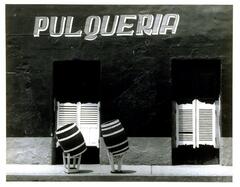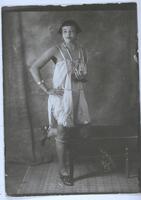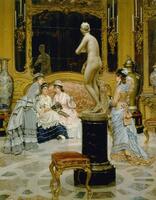29 UMMA Objects
29 UMMA Objects
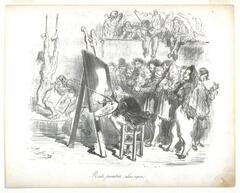
Gustave Doré
Rats peintres (alias rapins), from La ménagerie parisienne; #9 of album of 24. P
1854
The Paul Leroy Grigaut Memorial Collection
1969/2.111
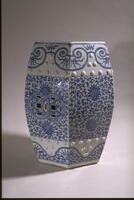
Chinese (Chinese (culture or style))
Garden Stool
1830 – 1880
Gift of Miss C. Irene Hayner in memory of Adah V. Morris
1973/2.10

Jean Paul Slusser (American (North American))
Boy
1933 – 1943
Gift of Robert and Elizabeth Slusser, from the collection of Jean Paul Slusser
1981/2.117

Osei Bonsu;Asante (Asante)
Display figure
1945 – 1955
Gift of Margaret H. and Albert J. Coudron
2001/2.33

Chinese (Chinese (culture or style))
Stool (one of a pair w/ 2001/1.352)
Gift of Marybelle B. Hanna
2001/1.351

Indian (Indian (South Asian))
Travelling entertainer
20th century
Gift of Mr. George P. Bickford for the James Marshall Plumer Memorial Collection
1964/2.113
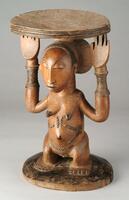
Hemba (Hemba (culture or style))
Chief's Stool
1915 – 1925
Gift of Candis and Helmut Stern
2005/1.224
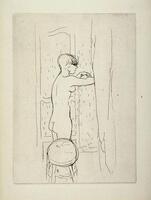
Pierre Bonnard (French (culture or style))
Female Nude (Weiblicher Akt bei der Toilette)
1867 – 1947
Museum Purchase
1957/2.29
Loading…
